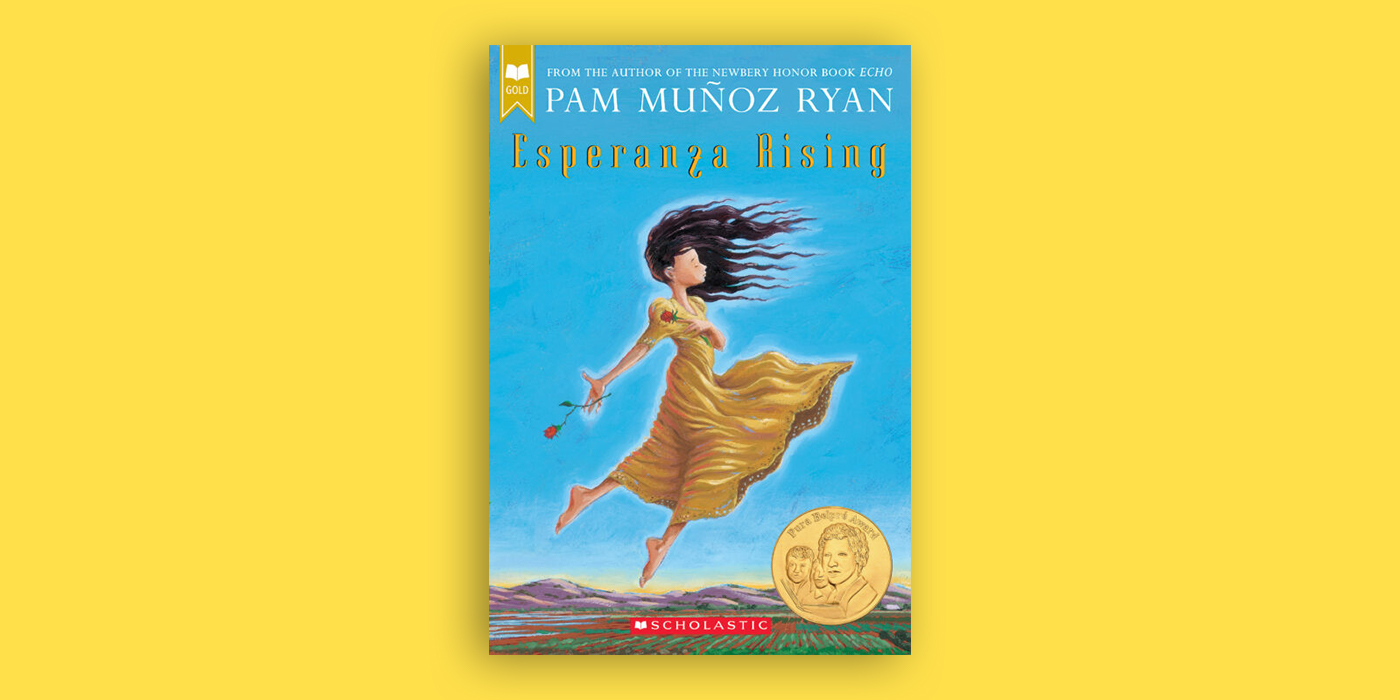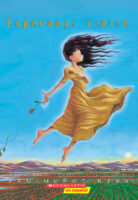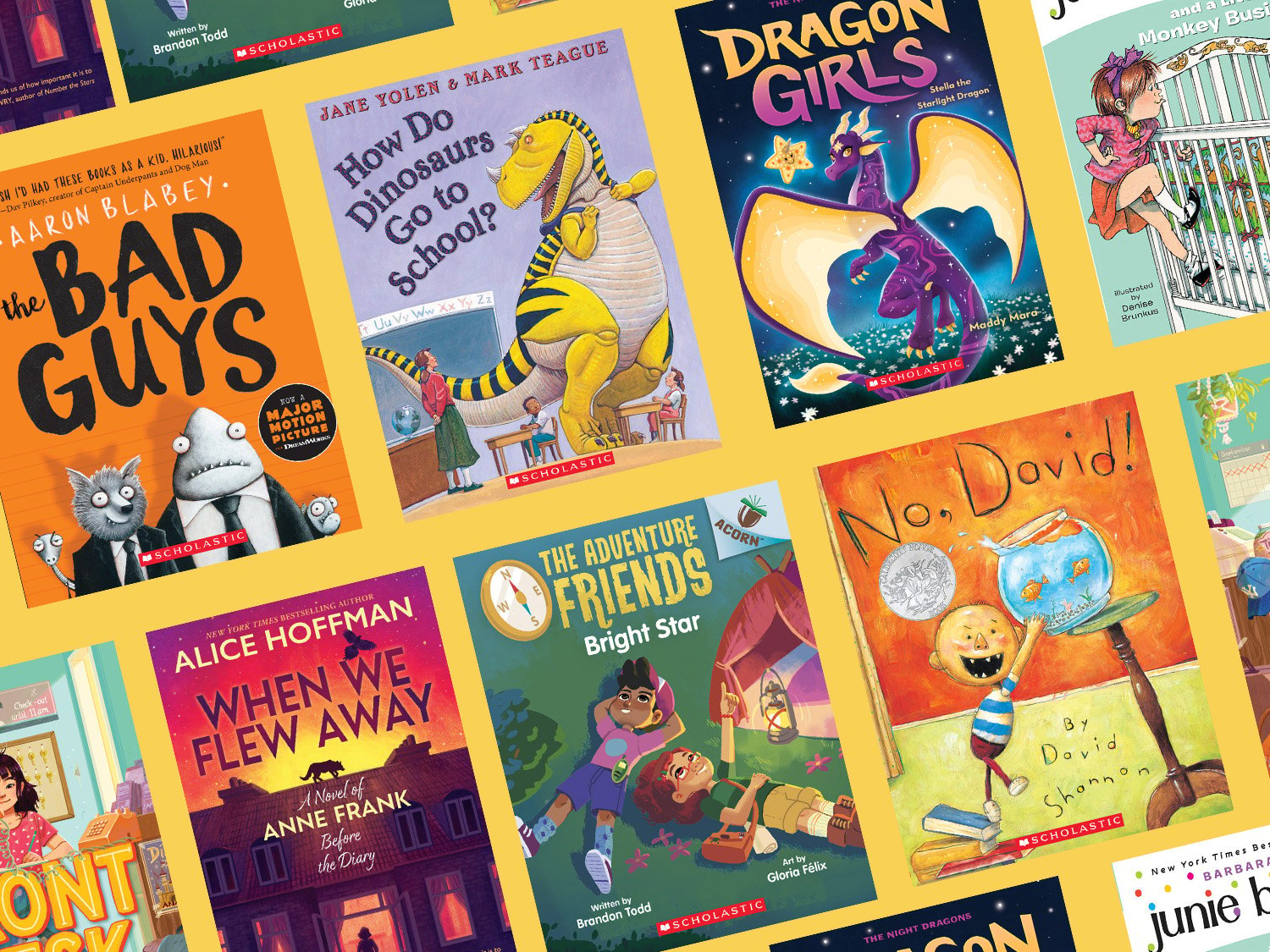18 Discussion and Writing Prompts to Help Teach Esperanza Rising
Use these key discussion topics to encourage student engagement on the complex themes and ideas presented in the novel Esperanza Rising by author Pam Muñoz Ryan.
In Esperanza Rising, author Pam Muñoz Ryan shares the story of Esperanza Ortega, a young child forced to flee her home in Mexico after her father is murdered. After a long, difficult journey, Esperanza and her mother settle in a camp for Mexican farmworkers in California and endure hard labor, financial struggles, and discrimination.
For young readers of Esperanza Rising, this novel provides an opportunity to learn about the plight of Mexican workers during the Great Depression and reflect on what it takes to rise above tragedy, adversity, and the harsh realities immigrants often face. This novel also presents complex themes related to race, class, courage, and compassion to your students, while introducing them to the power of passionate storytelling.
During reading, encourage your students to reflect on the experience of Esperanza through writing and discussion. The following 18 prompts will not only help boost your students’ comprehension of the story, but they’ll also help your young readers connect with Esperanza’s inspiring story in a deeper and more meaningful way.
1. Why does the author open with a scene of Esperanza and her father lying down to hear the heartbeat of the earth? How does this shared experience seem to affect Esperanza's relationship with her father?
2. Explain Mama's reasons for leaving Mexico. Would you have been willing to make the same decision if you were in her situation? Why or why not?
3. Esperanza and Miguel take a train ride together as young children. Compare this train ride to the one they take when going to live in America.
4. What does Esperanza mean when she says to Miguel that there is a "deep river" that runs between them? Does this change in California? If so, describe how their relationship changes and give reasons for why this might happen.
5. Describe the cabin where Esperanza must live in America. How does this home compare to her home in Mexico? When Esperanza points out these differences, why does Mama become angry with her? Is Mama right to be angry with her? Why or why not?
6. A poor woman on the train to Los Angeles explains that although she is poor, she is rich. How can a poor person be rich? How can a rich person be poor?
7. Why does Esperanza dislike Marta when they first meet? What makes Esperanza change her mind about Marta?
8. After the dust storm, Mama is the only one of the workers in the cabin to become ill. Why is this so? How does her illness affect Esperanza? Why does Esperanza agree to cut the eyes out of the potatoes?
9. When Esperanza is told she cannot visit her mother for several weeks, she describes her life as going through "the motions of living." Have you ever felt this way? If so, describe how. What does Esperanza do to increase the amount of joy in her life?
10. Why does Miguel drive out of his way to shop at the Japanese store? What does Alfonso mean when he tells Miguel that Mr. Yakota is "getting rich on other people's bad manners"?
11. Compare the strikers' camp to the camp in which Esperanza lives. How does seeing this camp and its inhabitants affect Esperanza?
12. Alfonso and Miguel keep telling Esperanza that if is she does good work the farmers will keep employing her. Do you believe that philosophy applies in today's world? Why or why not?
13. What do you think of "voluntary deportation"? Is this a peaceful or violent way to handle the situation with the strikers? Did Esperanza do the right thing by helping Marta and risking the chance of being deported herself?
14. Papa's words, "Wait a little while and the fruit will fall into your hands," are said by Miguel in a heated argument with Esperanza. How does this idea relate to the titles of the chapters in this novel? How does this relate to the end of the novel when Esperanza is retelling all the events from California to Abuelita?
15. When Esperanza finds out Miguel has taken her money orders, she is devastated. Describe how she must feel when Alfonso comes to take her to the train station to pick Miguel up. Is she justified to feel this way? What was Miguel's reason for taking the money? What do his actions mean?
16. The last section of the novel has Esperanza and Miguel listening to the heartbeat of the earth. What does this parallel to the first chapter mean?
17. The novel ends with Esperanza teaching Isabel how to crochet the zigzag stitch. How do the "mountains and valleys" compare to the plot of the novel? Is there a skill or talent that someone in your family has that you have learned or would like to learn? Please describe.
18. Read the last sentence of the novel and explain how it relates to the book's themes.
After reading, invite your students to imagine being taken out of their life right now and put in a work camp like Esperanza’s. Encourage your students to reflect on how they would react and how they would overcome the harsh realities of their new life using the lessons they learned from Esperanza Rising.
Order your class copies of Esperanza Rising below! You can find all books and activities at The Teacher Store. For more teacher resources on the expansive works of Pam Muñoz Ryan, check out this discussion guide.
More Books by Pam Muñoz Ryan







